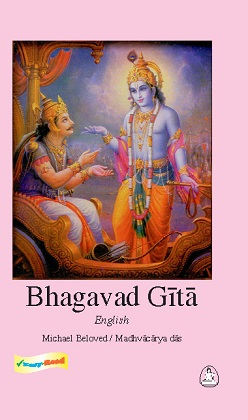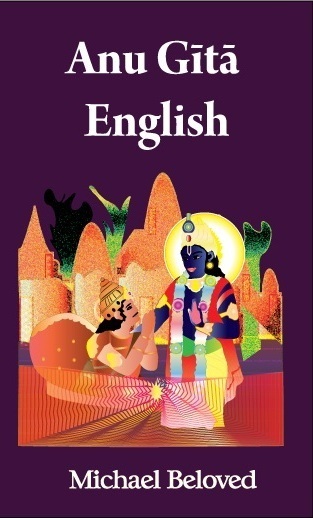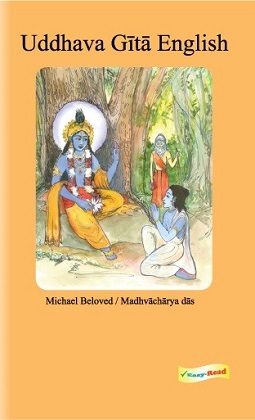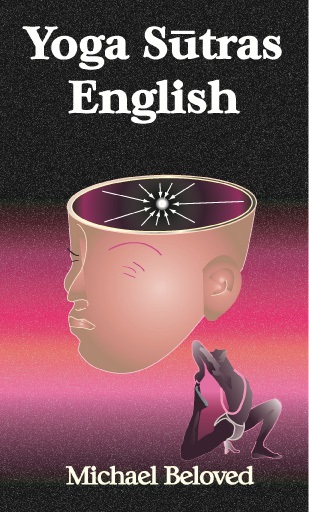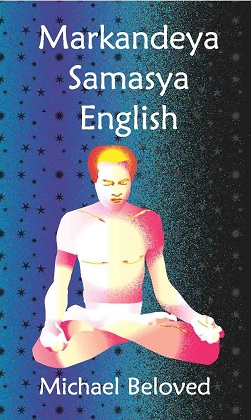These are English translations of Sanskrit literature:
These are in 21st Century English, very precise and exacting. Many Sanskrit words which were considered to be untranslatable into a Western language are rendered in modern English which is very expressive and precise, due to the English language becoming the World’s universal means of concept conveyance.
Three of these books are instructions from Krishna. In Bhagavad Gita and Anu Gita, the instructions were for Arjuna. In the Uddhava Gita, it was for Uddhava. Bhagavad Gita and Anu Gita are extracted from the Mahabharata. Uddhava Gita was extracted from the 11th Canto of the Srimad Bhagavatam (Bhagavata Purana).
My suggestion is that you read Bhagavad Gita English, then Anu Gita English and lastly Uddhava Gita English, which is much more complicated and detailed.
For each of these books we have at least one commentary, which is published separately. Thus whatever you have a particular interest in, can be researched further in the commentaries.
The smallest of these commentaries and perhaps the simplest is the one for the Anu Gita. We published its commentary as the Anu Gita Explained. The Bhagavad Gita explanations were published in three distinct targeted commentaries. The first isBhagavad Gita Explained, which sheds lights on how people in the time of Krishna and Arjuna regarded the information and applied it. Bhagavad Gita is an exposition of the application of yoga practice to cultural activities, which is known in the Sanskrit language as Karma Yoga.
Interestingly, Bhagavad Gita was spoken on a battlefield just before one of the greatest battles in the ancient world. A warrior, Arjuna, lost his wits and had no idea that he could apply his training in yoga to political dealings. Krishna who was his charioteer lectured on the spur of the moment to give Arjuna the skill of using the yoga proficiency in cultural dealings including how to deal with corrupted officials on a battlefield.
The second commentary is the Kriya Yoga Bhagavad Gita. This clears the air about Krishna’s information on the science of kriya yoga, showing that its techniques are clearly described free of charge to anyone who takes the time to read Bhagavad Gita. Kriya Yoga concerns the battlefield which is the psyche of the living being. The internal war and the mental and emotional forces which are hostile to self realization are dealt with in the kriya yoga practice.
The third commentary is the Brahma Yoga Bhagavad Gita. This shows what Krishna had to say outright and what he hinted about which concerns the brahma yoga practice, a mystic process for those who mastered kriya yoga.
For the Uddhava Gita, we published the Uddhava Gita Explained. This is a large book and requires concentration and study for integration of the information. Of all the books in the world which deal with transcendental topics, my opinion is that there is no other book with such complete information about the realities which comprise existence. This book is the one which removes massive ignorance about existence and about our place in it.
The fourth in the series, Markandeya Samasya English, is the view of the Yogi Markandeya about Krishna as the Supreme Person who is the ultimate reservoir of safety against annihilation. The commentary for this is Krishna Cosmic Body
The fifth of the English Series, Yoga Sutras English, is the thesis of Patanjali which became known as the Yoga Sutras. He gave the definition of yoga as well as the syllabus for its practice.
There are two commentaries to the Yoga Sutras. One is the Yoga Sutras of Patanjaliand the other is the Meditation Expertise
The sixth of the English Series, Hatha Yoga Pradipika English, is the detailed information about asana postures, pranayama breath infusion, energy compression, naad sound resonance and advanced meditation. The Sanskrit author is Swatmarama Mahayogin.
The commentary of this book with devanagari script and word-for-word meanings is titled Kundalini Hatha Yoga Pradipika.

